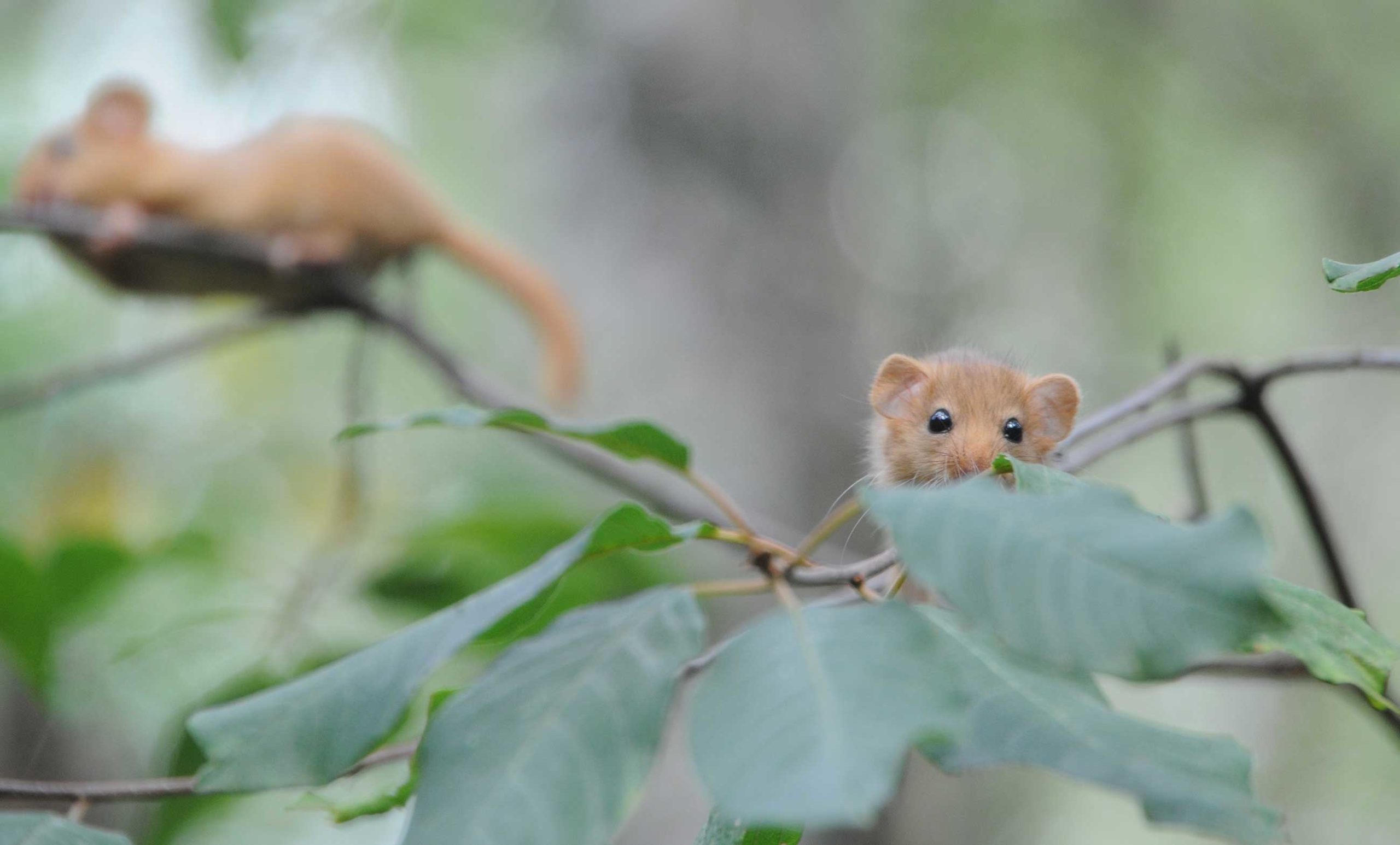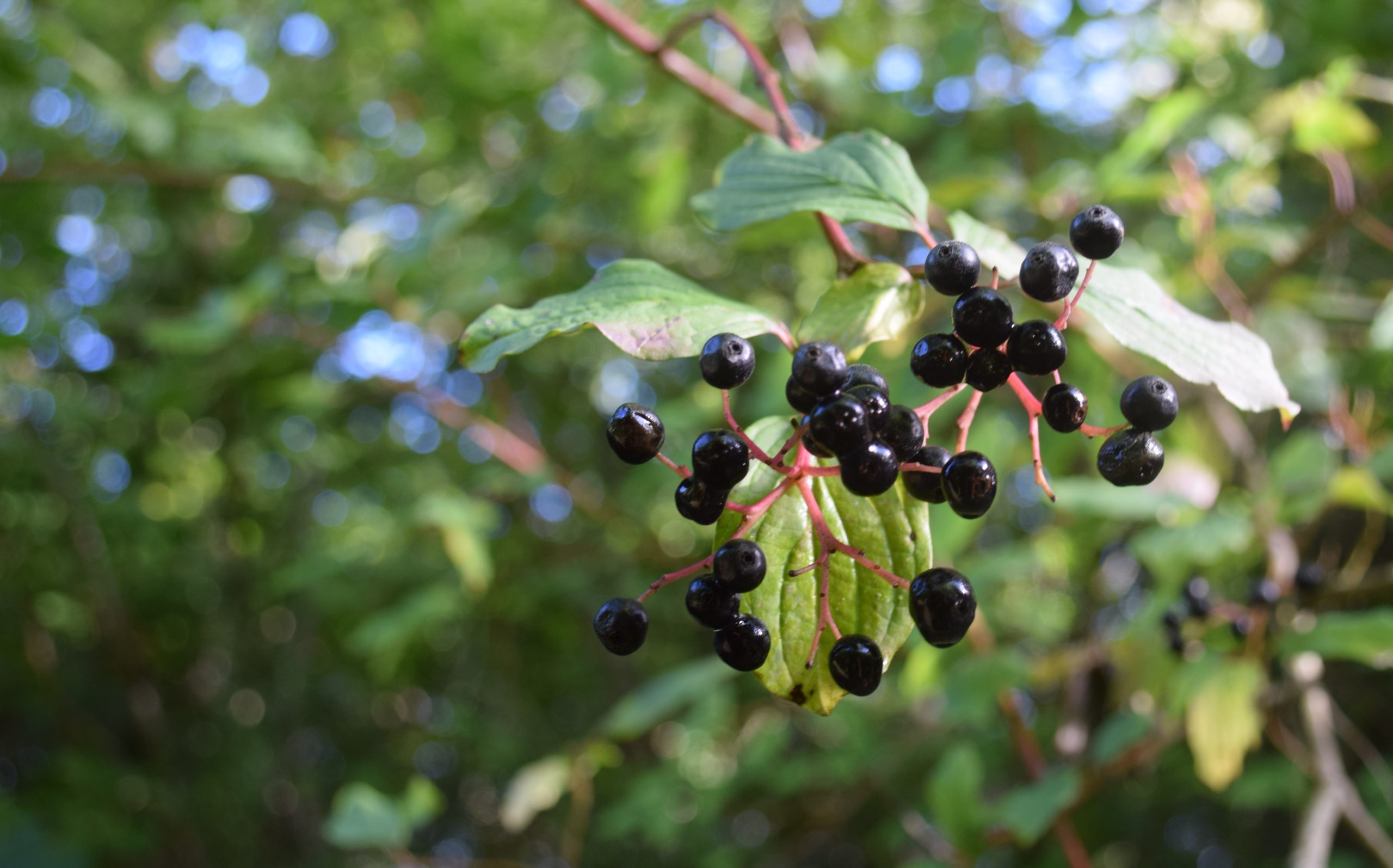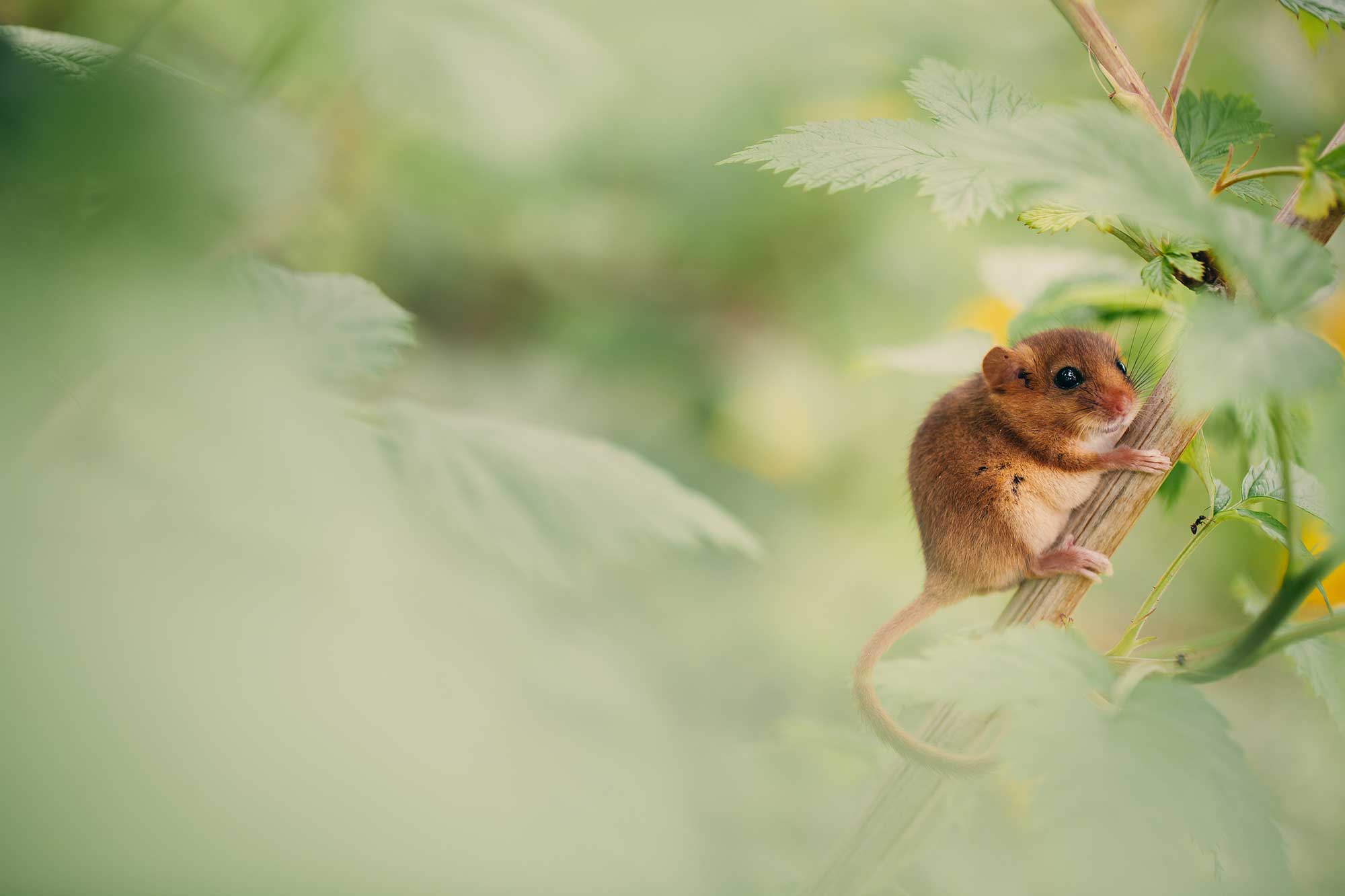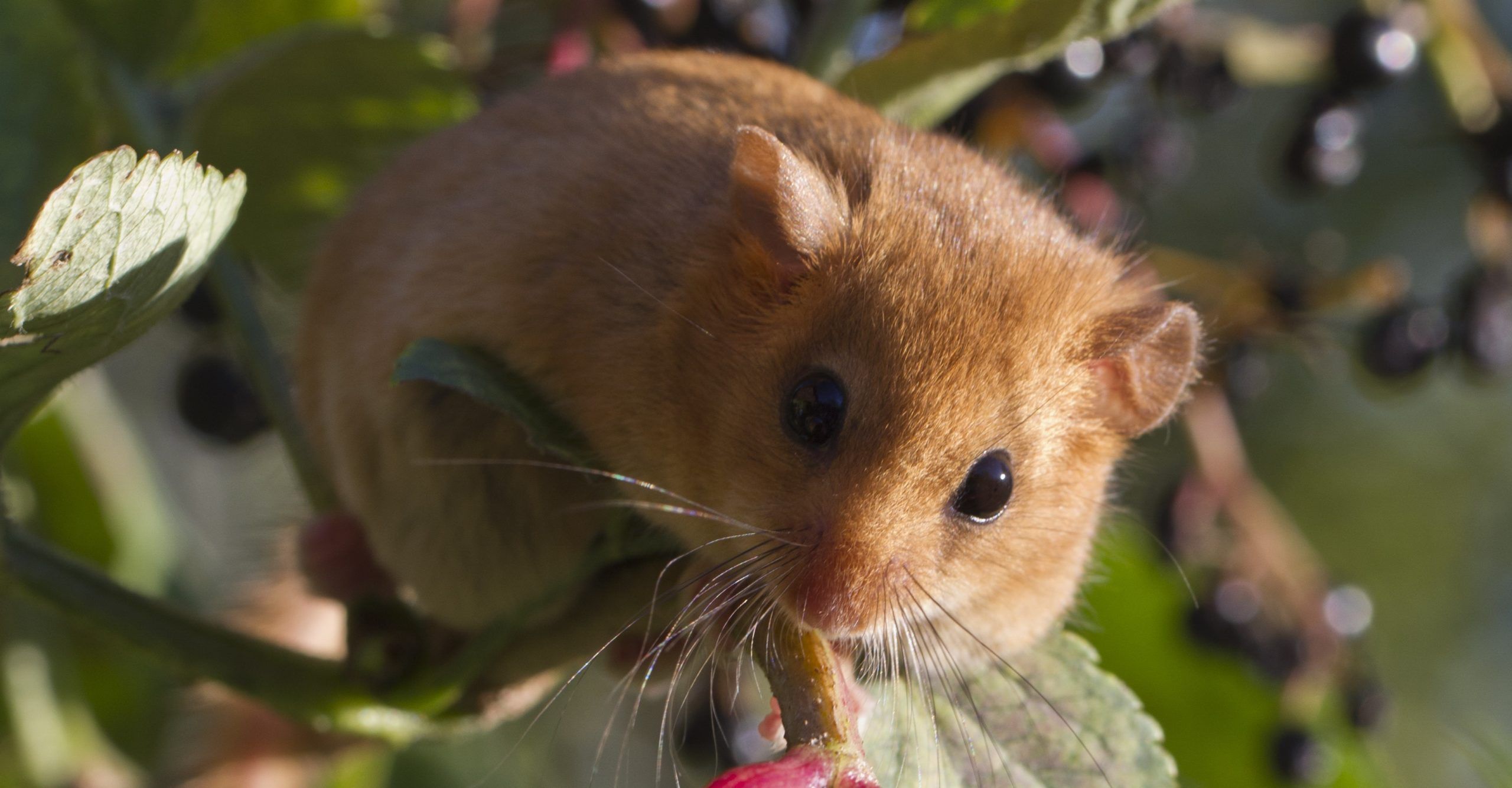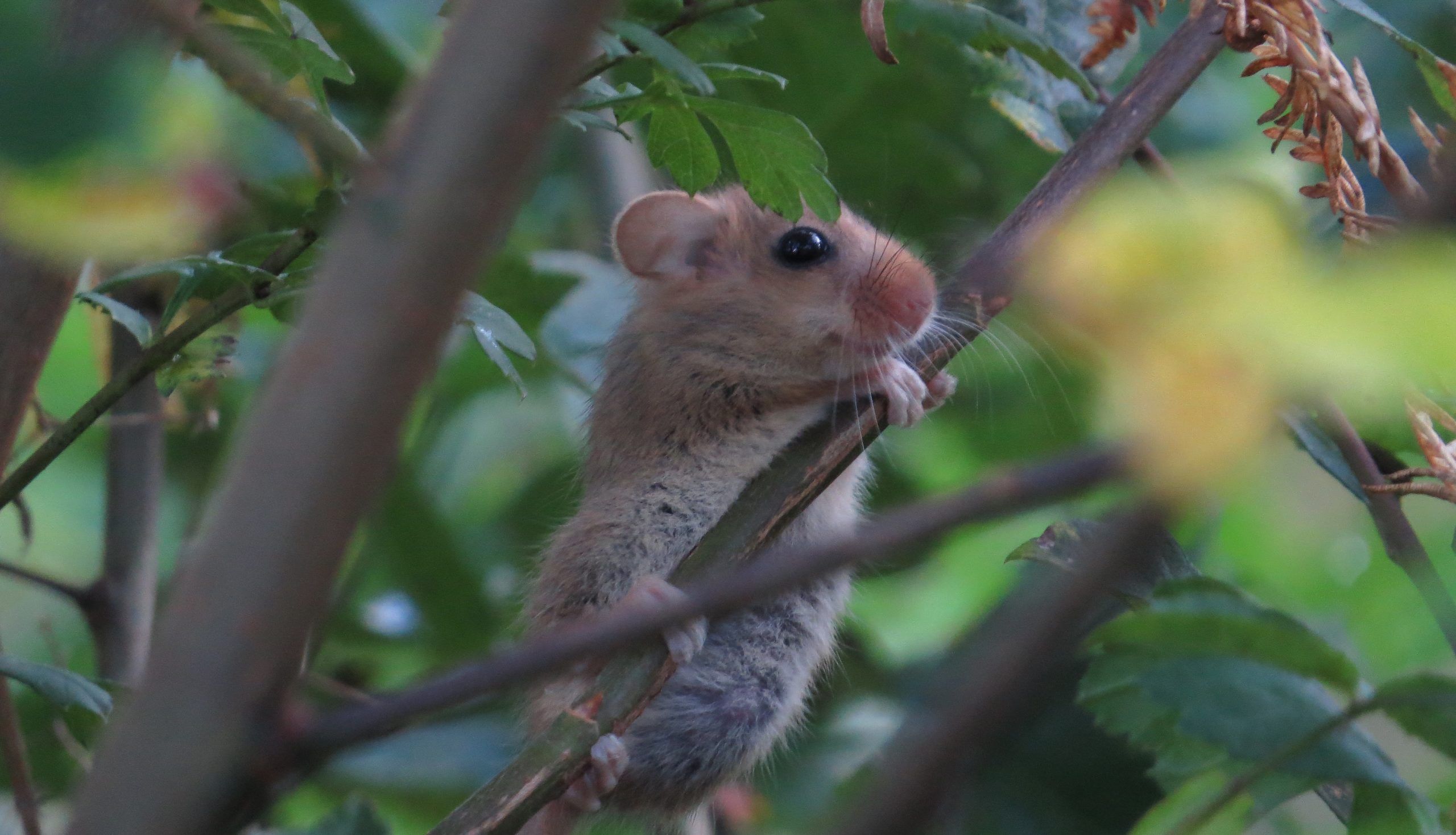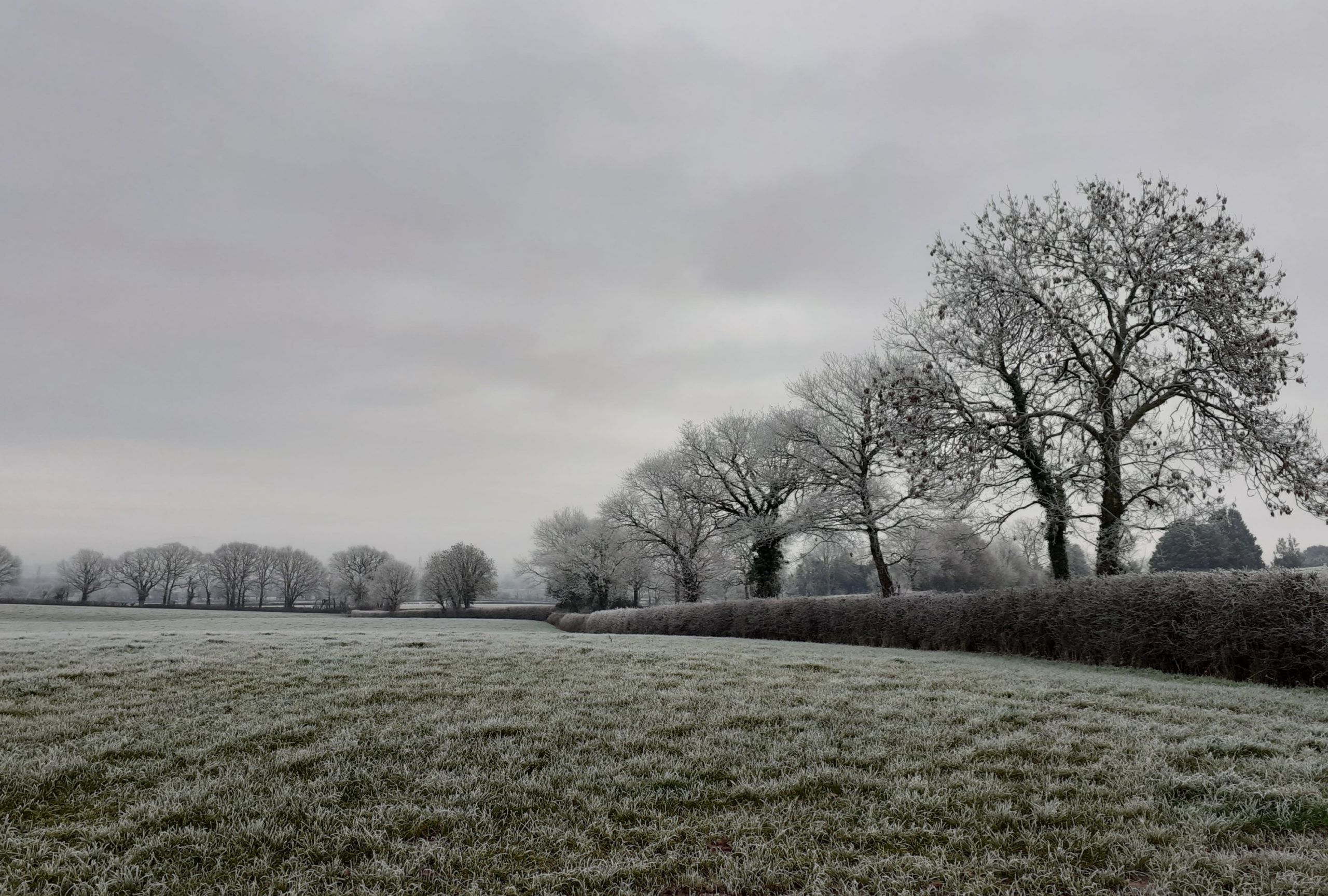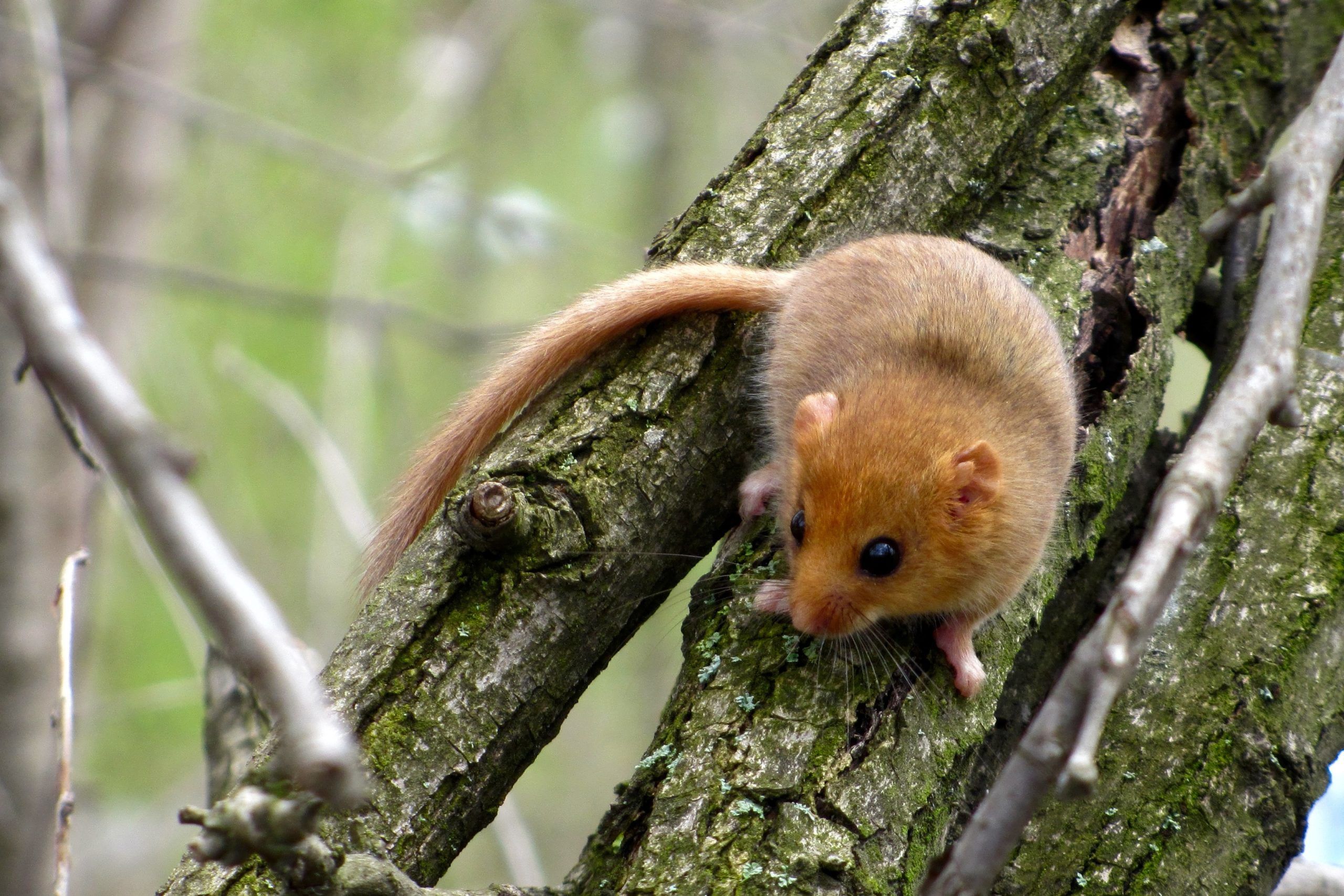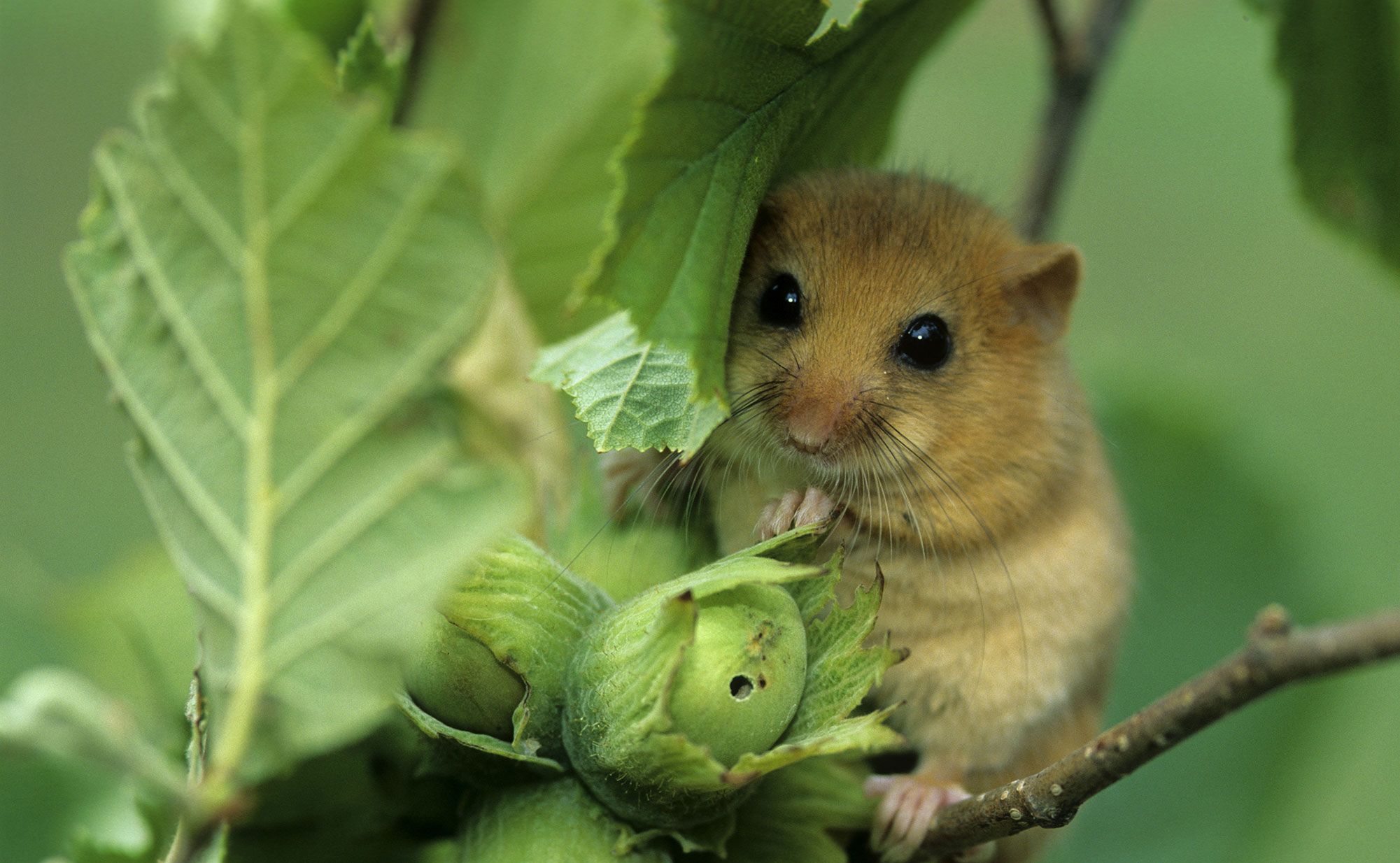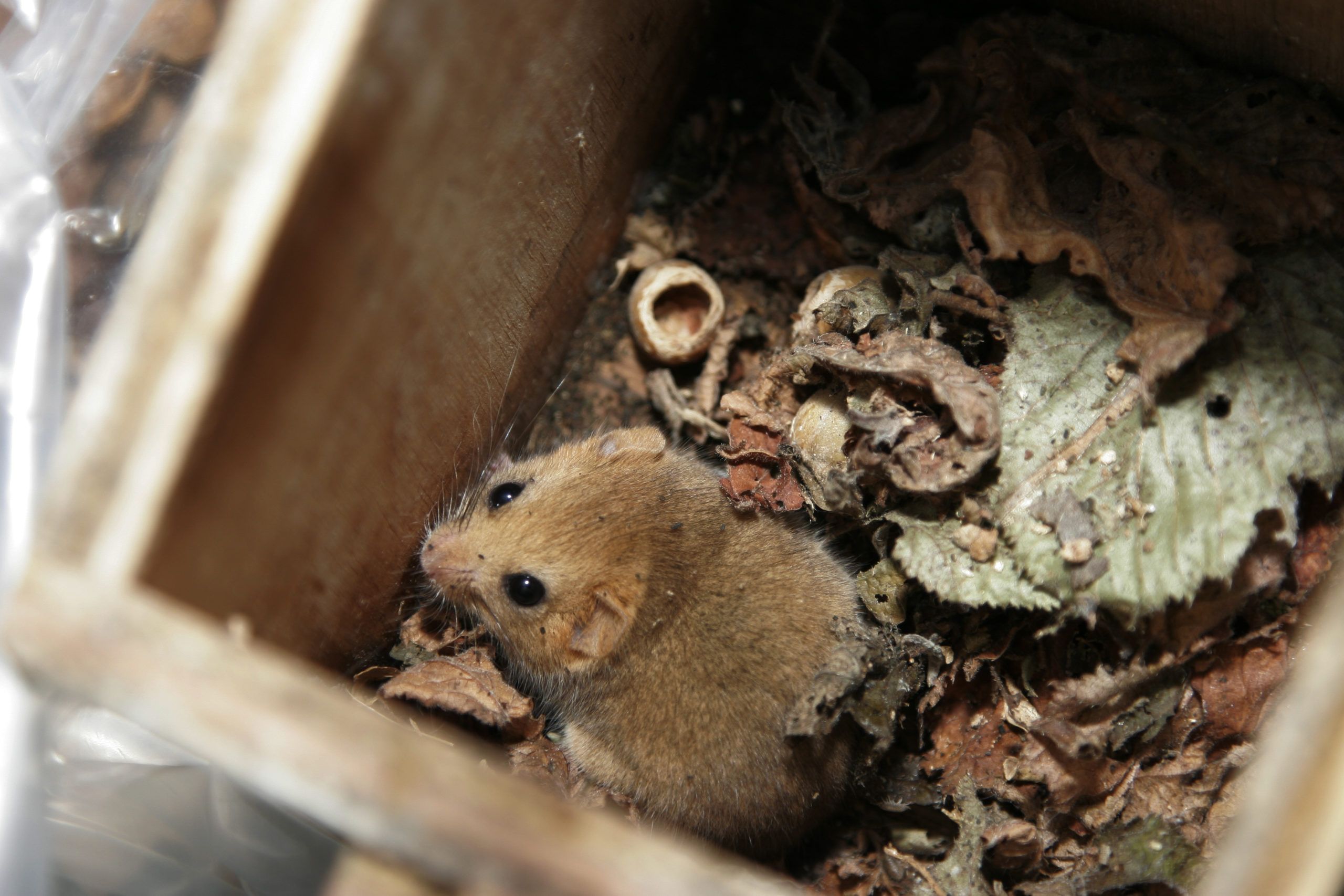Dormice
Search by topic
Gaining key insights into how to manage hedgerows for dormice Recently launched, the National Dormouse Footprint Tunnel Survey will use footprint tunnels to detect the presence or absence of the charismatic but rare hazel dormouse in hedgerows. The need for surveying hazel dormice is clear: it is thought that their population has halved in the …
Read article...Bountiful supplies of berries and slightly cooler days herald the start of autumn. It’s a busy time of year for dormice, hunting for ripe hazelnuts, blackberries, or the odd sloe kernel, in preparation for hibernation from October onwards. The earlier evenings mean we could be more likely to catch a glimpse of this elusive and …
Read article...Bulgaria: conference host and home to Roach’s mouse-tailed dormouse Fewer than 30 dormouse species are left in the world, the surviving remnants of what was once a widespread and numerous group of rodents. Just three subfamilies remain in sub-saharan Africa, in Europe – from Scandinavia down to Sicily – and in Asia – from southern …
Read article...39 endangered hazel dormice are reintroduced into an ancient woodland in Lancashire This reintroduction follows the milestone reintroduction in 2021 that saw 30 hazel dormice (including the UK’s 1,000th) being released into a neighbouring woodland, creating a bigger and better-connected population in the Lancashire landscape Unique partnership of 10 organisations aims to bring hazel dormice …
Read article...‘Northern stronghold’ for rare hazel dormice created in Lancashire This week, a unique partnership of 10 organisations are coming together in an attempt to bring hazel dormice back from the brink. 39 dormice are being reintroduced into an ancient woodland in Lancashire. This reintroduction follows the milestone reintroduction in 2021 that saw 30 hazel dormice …
Read article...House building efforts in the UK are a constant source of contention. Too many? Too few? Whatever the case, it’s undeniable that development all too often affects our wildlife and the dwindling habitats they rely on to survive. Many of our species in our nature-depleted country are impacted by infrastructure projects. Yet there are measures …
Read article...An encounter with a dormouse During a recent trip to one of our Nottinghamshire dormouse woodlands I happened to stumble upon another wild dormouse nest. It was hidden amongst a patch of bramble and rose scrub that was winding its way up a hawthorn tree, on the edge of a young coppice compartment. The nest …
Read article...If you own a woodland or you visit one regularly, please keep a particular eye out for stag beetles on warm sunny evenings from the end of May to the end of July. You can tell us about any sightings via our Great Stag Hunt survey. Stag beetles and woodland habitats Stag beetles are one …
Read article...Winter is a great time to assess the health of your hedges. Without their leaves, it’s easier to see the structures and little indicators that it might need a change. Winter is also a great time for hedge management, both hedgerow trimming and larger scale rejuvenation such as laying or coppicing. Winter hedgerow management Cutting …
Read article...Many animals exhibit similar patterns of behaviour throughout the year, whilst others dramatically change theirs with the changing seasons. Hazel dormice, which are usually reluctant to come to the ground during their active season, make a beeline for the forest floor when it’s time to hibernate. Searching for nests Those of us lucky to monitor …
Read article...Population trends and the NDMP Hazel dormouse numbers have been declining in England and Wales throughout the last century. As a result of this alarming trend, they’ve been listed as Vulnerable on the British Red List for Mammals. The Red List is a measure of how likely a species is to go extinct. It’s a …
Read article...Using dormouse records sent in to the National Dormouse Monitoring Programme, we’ve been creating a map showing suitable habitat for hazel dormice projected across England. We can then use this map to help work out the best places to release dormice or to identify areas where dormice are most likely to be found. Developing a …
Read article...
